The anime community thrives on pairing together their favorite characters, and there’s no better way to hype up fans than to give them “canon pairings.” These couples don’t always have to be endgame, and they’re not always celebrated by fans, either – even if they’re a couple that most audiences want to see together. This isn’t restricted to romance anime. Shows from every genre that feature some kind of romance subplot are subject to fan criticism and occasionally confusion.
Videos by ComicBook.com
While shipping is a common occurrence in any fandom, the culture around it is very rarely what draws out negative fan discussion. Typically, it’s the actual storytelling decisions and character writing leading up to the characters being together that leave fans feeling befuddled and, in the absolute worst cases, angered by two characters ending up together.
Momo & Toji From Peach Girl
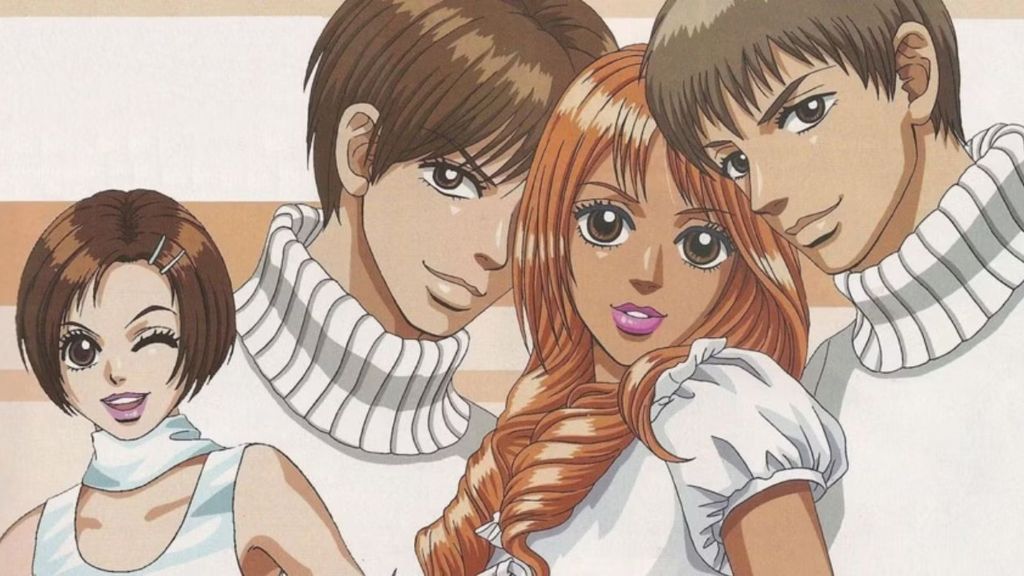
Peach Girl has a reputation for being messy, and the relationship between the show’s main character and her first boyfriend, Toji, proves it. Toji never chooses to be on Momo’s side in anything, regularly dumping her over rumors and refusing to communicate with her about anything. While this does make the anime extremely funny, it’s also unbelievably frustrating watching Momo justify and stay in love with a guy who is a very cartoonish example of being the worst partner imaginable.
While Momo does eventually end up moving on from Toji by the time the series ends, watching her fight so hard for so long for her first crush and boyfriend in the anime is almost tragically iconic and still has shojo fans talking about how bad of a partner he was.
Haru & Shizuku From My Little Monster
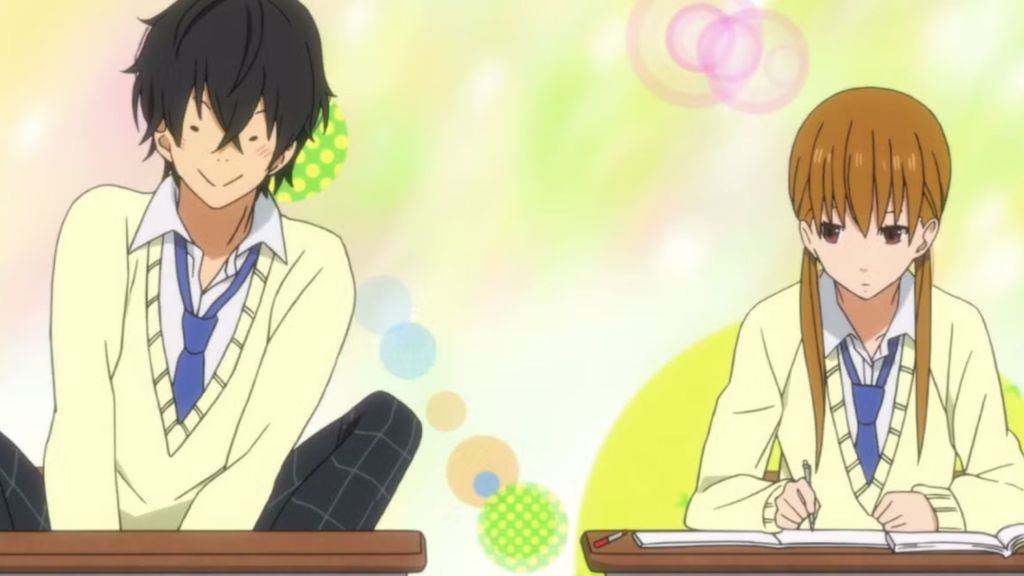
While My Little Monster is a relatively cute, simple, slice-of-life shojo anime from the 2010s, the relationship between Haru and Shizuku isn’t the most wholesome. While enemies to lovers is an extremely popular romance trope, the handling of Haru’s “bad boy nature” — specifically, how he speaks to Shizuku — is unacceptable. In the anime, Haru threatens Shizuku by assaulting her early into the pair, knowing one another, a mistake that never really gets touched on again. Plus, even once the two begin to actually have feelings for one another, his behavior doesn’t improve.
His tsundere attitude, paired with Shizuku’s own colder, more stony nature, makes them a turbulent match-up from the very beginning. It also makes it very difficult to root for Haru once he starts to actively make Shizuku his girlfriend due to his violently negative attitude and misogynistic comments.
Sesshomaru & Rin From Yashahime
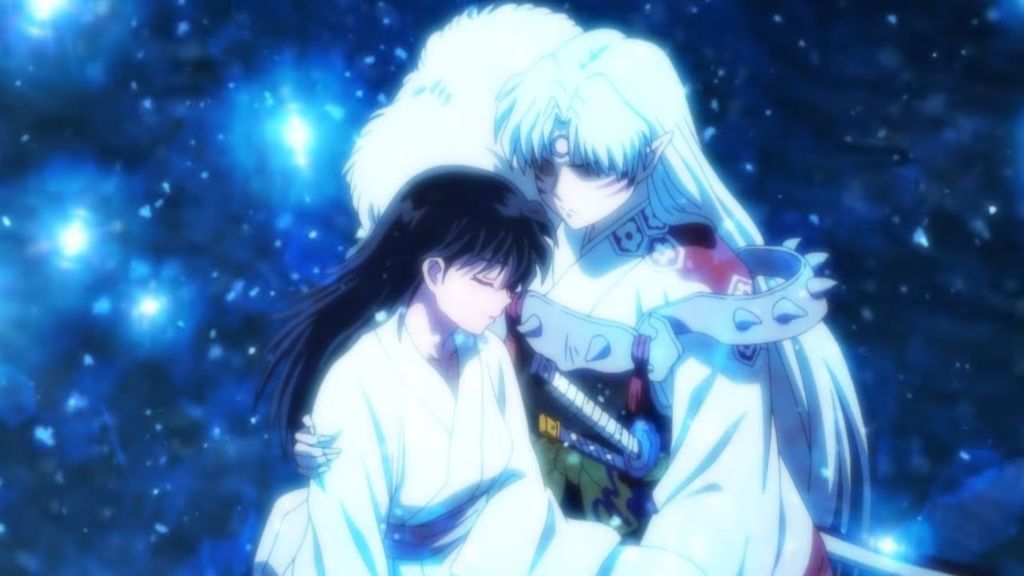
For many fans of the classic anime Inuyasha, it was an uncomfortable surprise to discover that fan-favorite character Sesshomaru ended up marrying his adoptive daughter, Rin. In Inuyasha, Rin is a very young child when Sesshomaru, already a grown man, finds her. Yashahime, the sequel series, shows the two married with young children. The reveal was the one thing fans were hoping wouldn’t happen when the sequel anime was announced, and for many, was far too problematic to let slide.
Plus, one who wants to get invested in Yashahime‘s story but doesn’t like coupling can’t escape it after initial character introductions, because the romance between Rin and Sesshomaru plays a massive role in the main plot.
Hananoi & Hotaru From A Condition Called Love
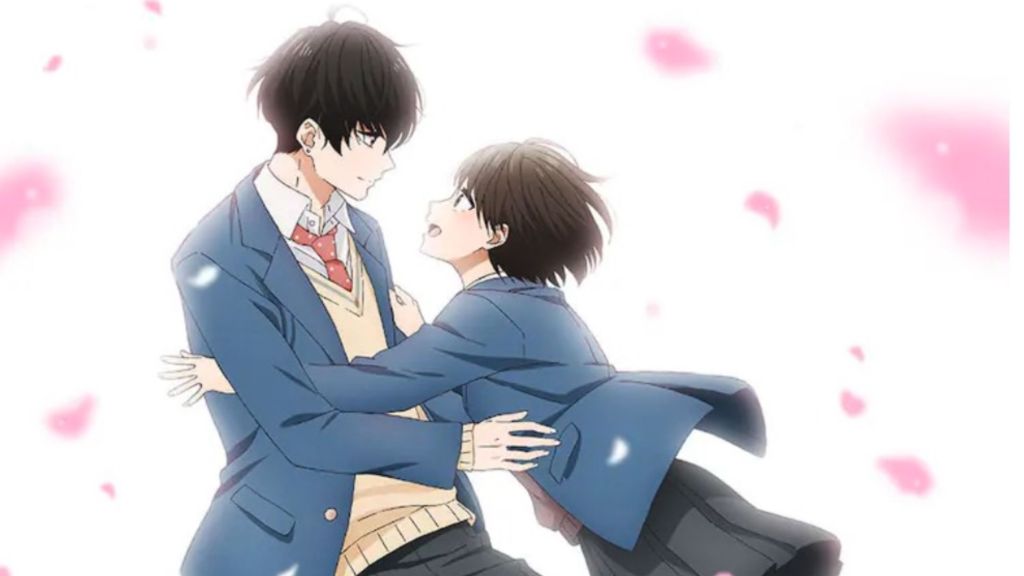
The main couple in A Condition Called Love had anime fans reeling when the show first began airing in 2024. Due to the male protagonist, Hananoi’s relationship trauma, he begins pursuing Hotaru by not allowing her to let him down gently, instead going out of his way to try and convince her that the two of them would be happy together after she showed him a bit of kindness seeing him get dumped by his girlfriend.
While many of the toxic aspects of their relationship are explored more intricately in the original manga, Blue Fish Studio’s animated adaptation of the series only really gets to show Hananoi’s obsessive side. Hananoi’s controversial behavior in the anime is painted as a positive and romantic trait, something that put off a lot of anime fans when they initially started the show.
Hachi & Takumi From Nana

Perhaps one of the most heart-wrenching twists in shojo, seeing Takumi and Hachi be together is still something that has fans of NANA divided. Written to be absolutely despicable, Takumi is the embodiment of everything Hachi doesn’t need in her life, but can play with her emotions in such a way that it has lulled her into a falsified sense of security. Hachi ending up with Takumi is only made more painful due to the manga being on a permanent hiatus – meaning that readers can’t find out if Hachi will ever come to her senses.
Another aspect of the relationship that has made it so controversial is how Hachi was forced to crush Nobu and Nana in order to be with Takumi and have him take care of her and their child. The sequence in the anime adaptation of the series is heartbreaking and has left fans cursing Takumi for being the true villain of the series.
[RELATED: 10 Controversial One Piece Moments That Still Haunt Fans to This Day]
Meliodas & Elizabeth From The Seven Deadly Sins
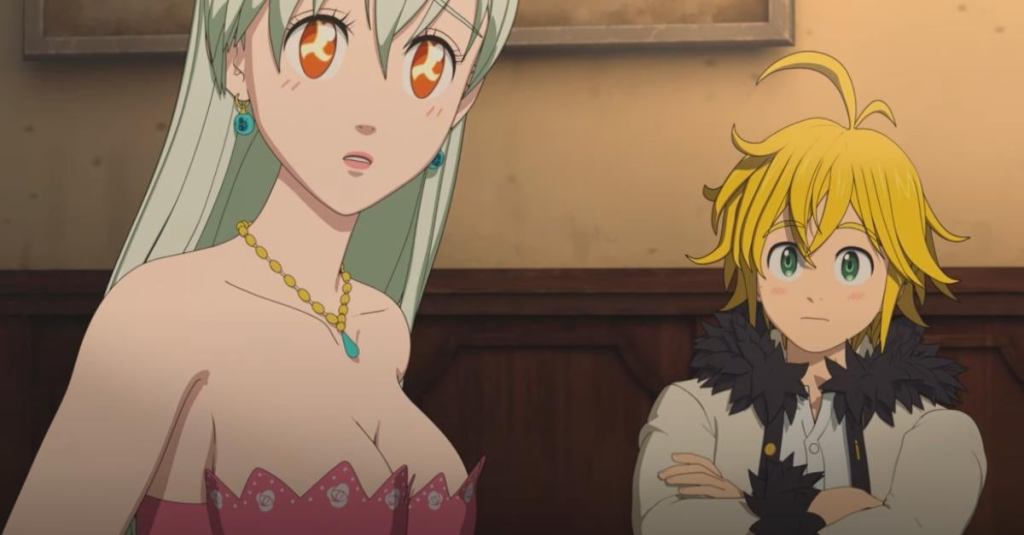
The Seven Deadly Sins has a lot of content featured throughout that leaves a bad taste in anime fans’ mouths, and the relationship between Elizabeth and Meliodas has made fans roll their eyes more than once. The main hook for the couple is that Elizabeth is the reincarnation of a Goddess who was cursed by the Demon King to be reincarnated and lose her memories over and over again. Meliodas continues to find and fall for her each time, including finding her when she’s a baby.
These moments showcasing the two reuniting are meant to be gut-wrenching, but they also feel absolutely bizarre – pushing the reincarnated lovers trope in a direction that’s difficult to be comfortable with, even for longtime fans of the series.
Light & Misa From Death Note
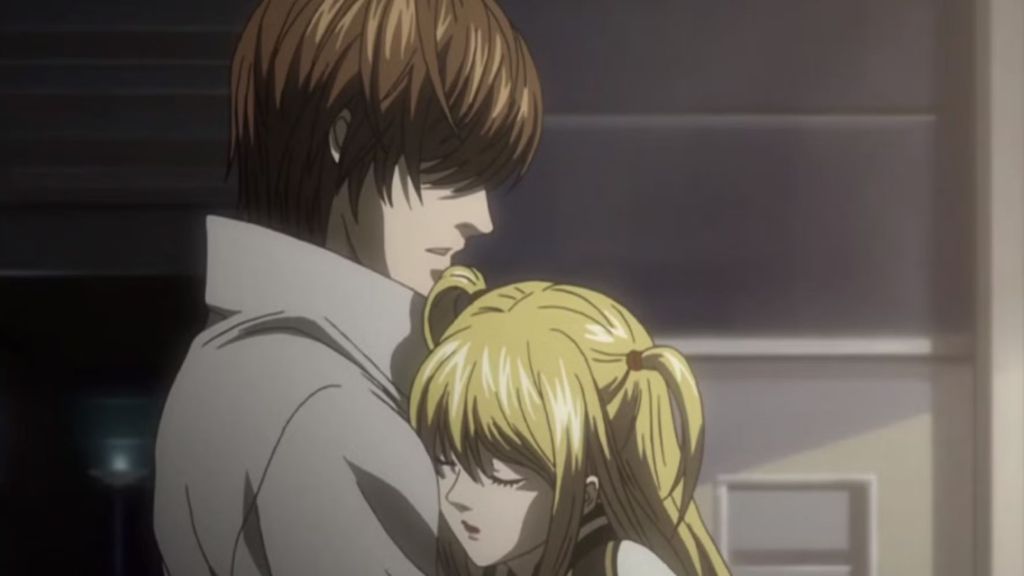
While there are plenty of memes about how badly Light fumbled Misa in Death Note, none of them actually capture how truly hilarious the pair are when they interact with each other in canon. When removing Light’s calculated means of keeping Misa interested so that he won’t get caught by L, it’s clear just how messy the dynamic between them is. Misa feels as though she owes Light everything for saving her, while he simply uses her as a means to dodge investigators.
What makes the pair controversial is how Light and Misa’s connection echoes so many traits of an emotionally abusive relationship. Something that, regardless of the series’ impeccable writing, was used as a plot device more than it was ever used as an earnest means of exploring Misa’s trauma. Plus, most Death Note fans just wanted to see Misa happy. After Death Note‘s resurgence in popularity in recent years, the community has been filled with comments about how Light’s accomplice would’ve been happier pursuing L.
Zero Two & Hiro From Darling In the Franxx
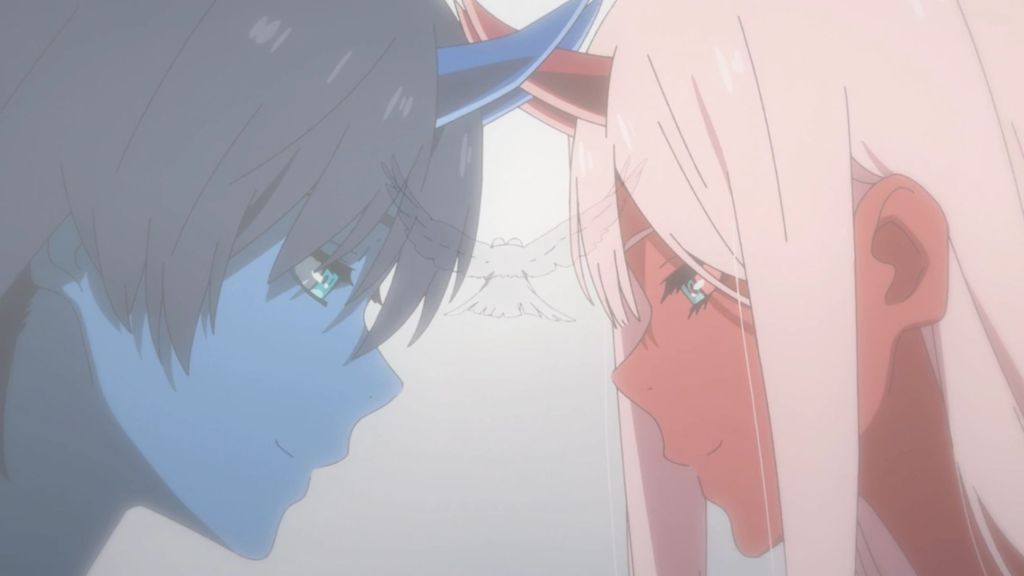
Darling in the Franxx, in and of itself, is a controversial anime series. During its original release, the show was slammed for its poor character writing and bizarre story. While there were two different love triangles featured in the show, the one that by far ended up being the most frustrating was the endgame pairing for the main character. While Hiro suffers from bland shonen protagonist syndrome, Zero Two is a caricature of tropes all on her own; she’s dropped into the series to be a rival for Ichigo and a clear love interest for Hiro, and while there is a ton of lore to explain her character being the way that it is, none of it comes up until the last few episodes.
The way in which Hiro and Zero Two’s relationship is written is why the two are so controversial in this anime. Aside from Darling in the Franxx just feeling like a generic mech series with already problematic themes about men and women only being able to find happiness with each other, Zero Two and Hiro are forced together at the end of the series simply because the narrative really needs them to be together. The storytelling failed to land with fans, which has caused the couple to spiral into infamy.
Sakura & Sasuke From Naruto
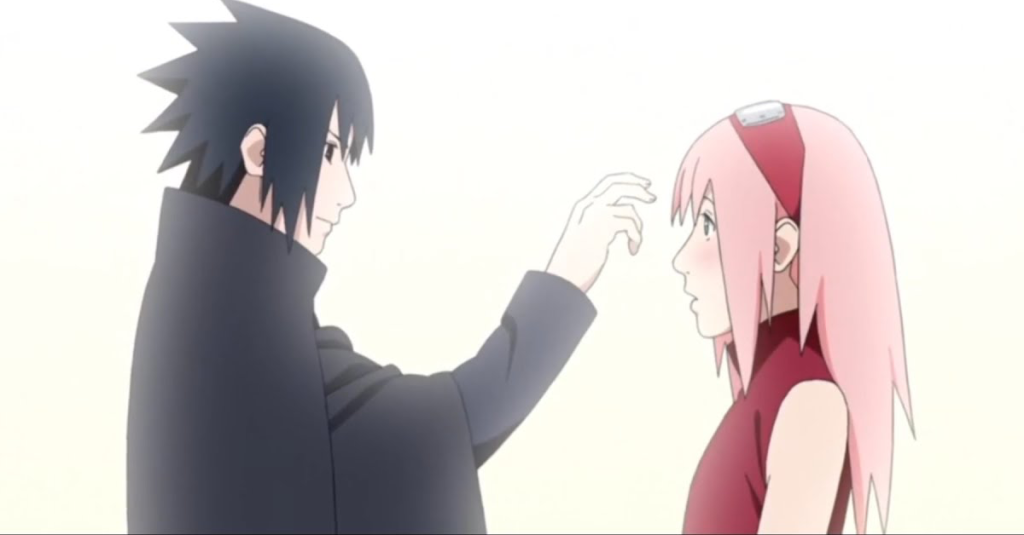
While there isn’t anything inherently wrong with the relationship between Sasuke and Sakura, there’s no denying that not everyone has been pleased to see the two happily married. Part of this is due to the couple’s writing throughout the original Naruto. For most of the series, Sasuke seems to be relatively dismissive of Sakura’s feelings for him, especially with Naruto waiting in the wings for Sakura to finally notice him.
The assertion that Sasuke doesn’t actually love Sakura became such a point of contention among the community that there’s a story arc in Boruto dedicated to confirming that he does, in fact, love his wife, as well as an official side story about the two adventuring side-by-side. While their being together isn’t controversial in a toxic or problematic sense, the iconic anime couple still has decades of fan disappointment following them.
Yuno & Yuki From Future Diary
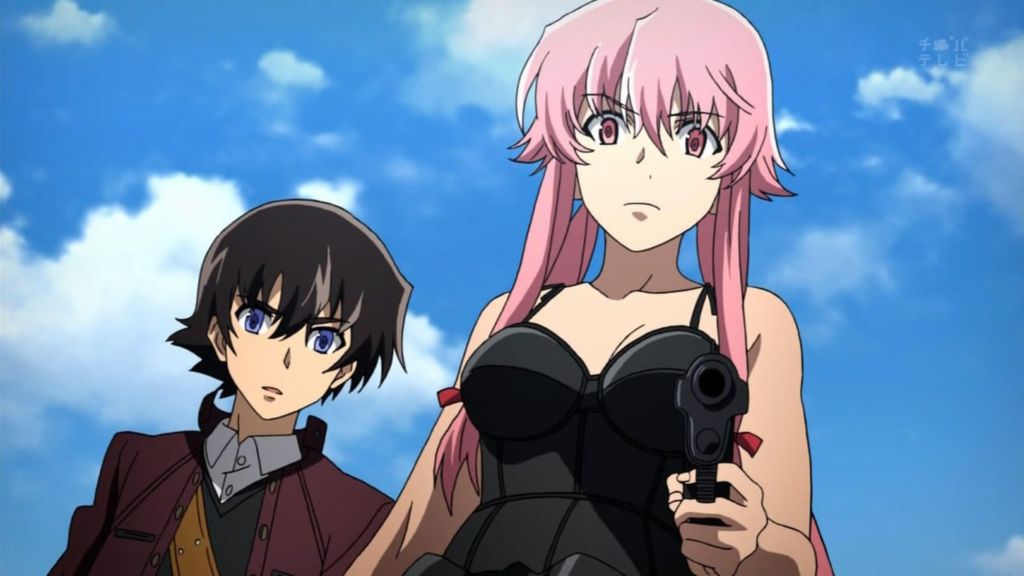
Future Diary is infamous for plenty of reasons, but its main couple is certainly the most well-known. There isn’t much “slow burn” between Yukiteru and Yuno when they’re first introduced in the show, with the anime quickly revealing that Yuno is obsessed with Yuki – so much so that her own “Future Diary,” the tool used for participants in the show’s death game, only tells events that will happen in Yuki’s future. She uses this for much of the series as a means to stalk him and protect him from other players in the game.
What really made this couple timelessly controversial, though, aside from Yuno’s yandere personality, is how the couple was treated in the last half of the series. As it turns out, the Yuno that fans get familiar with for most of the show is from a different timeline entirety. Her master plan is to jump from timeline to timeline, betray Yuki, and become God – all so she can repeat the process and be with Yuki forever. After Yuki defeats her and attains Godhood for himself, he’s filled with regret over losing her. While not the most egregious of controversial anime couples, the pair’s enduring infamy has made Future Diary an absolute classic, even if it’s not necessarily for the right reasons.








